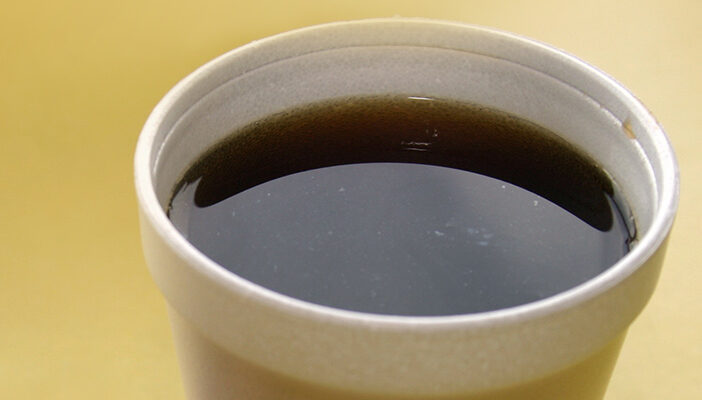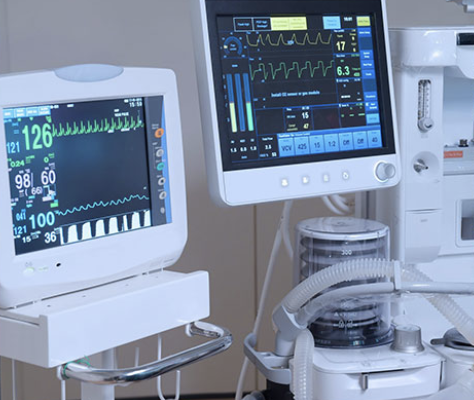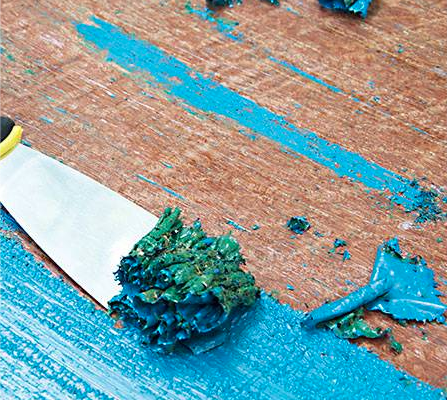Key Points/Overview
Methylene chloride is used to process spices and hops and to extract caffeine from coffee beans and tea leaves. In the automotive industry, it serves as a lubricant or degreaser. Lab technicians use it to extract other chemicals from plants for use in steroids, antibiotics and vitamins.
In 2019, EPA found uses of methylene chloride in paint removers to pose unreasonable risks to human health and banned the use of the chemical in paint removers for consumer use.
OSHA monitors and regulates methylene chloride in industrial settings, and its Methylene Chloride Standard sets a permissible exposure limit. Employers must follow OSHA requirements applicable to worker protection, including maintaining proper ventilation and use of respirators and other safety gear.
Uses & Benefits
Methylene chloride is most prominently used industrially — in the production of paint strippers, pharmaceuticals and process solvents. Methylene chloride also is used in the following industrial settings:

Food and Beverage Manufacturing
Methylene chloride is used as an extraction solvent in the food and beverage manufacturing industry. For example, methylene chloride can be used to remove caffeine from unroasted coffee beans and tea leaves, to make decaffeinated coffee and tea.
Methylene chloride also is used in processing spices, creating hops extract for beer and other flavorings for the food and beverage industries.

Transportation Industry
Methylene chloride can be used to degrease metal surfaces and parts, such as airplane components and railroad tracks and equipment. Lubricating and degreasing products used in automotive products, for example in gasket removal and for prepping metal parts for a new gasket, could contain methylene chloride.
Automotive specialists use a vapor methylene chloride degreasing process to remove oils and grease from car transistor parts, diesel motors and aircraft components and spacecraft assemblies.
Modern vapor degreasing techniques that rely on methylene chloride enable metal parts in transportation systems to be cleaned quickly and safely.

Medical Applications
In laboratories, methylene chloride is used to extract chemicals from plants or foods for medicine such as steroids, antibiotics and vitamins.
Medical equipment can be quickly and efficiently cleaned with methylene chloride cleaners without causing corrosion problems or damage to heat-sensitive parts.

Household Uses
Methylene chloride is a solvent found in paint and varnish strippers that are used to remove paint or varnish coatings from a variety of surfaces. It is also used in bathtub refinishing.
The U.S. Environmental Protection Agency (EPA) issued a final rule banning the use of methylene chloride in all paint removers for consumer use, effective November 24, 2019.

Safety Information
The U.S. Occupational Safety and Health Administration (OSHA) monitors and regulates methylene chloride in industrial settings. OSHA’s Methylene Chloride Standard sets a permissible exposure limit of 25 parts of methylene chloride per million parts of air over an eight-hour period. Employers must follow OSHA requirements applicable to worker protection, including maintaining proper ventilation and use of respirators and other safety gear.
When methylene chloride is used in food and beverage processing, the U.S. Food and Drug Administration (FDA) sets limits for the amount of the chemical that can remain as a residue in food products.
EPA has a Methylene Chloride Hazard Summary. Methylene chloride poisoning incidents during paint stripping operations and bath tub refinishing have demonstrated that inhalation exposure at extremely high levels can be fatal to humans.
Effective November 24, 2019, it will be illegal to manufacture (including import), process, distribute or sell methylene chloride in paint removers for consumer use. EPA found consumer uses of the chemical in paint strippers to pose unreasonable risks to human health. Breathing in large amounts of methylene chloride, especially in enclosed spaces without adequate ventilation, can be lethal. Exposure to methylene chloride also can cause dizziness and burn skin or cause redness. More detailed information can be found on the manufacturer’s Safety Data Sheet.
The use of methylene chloride in commercial applications should comply with all applicable workplace disposal and other environmental regulatory requirements.


